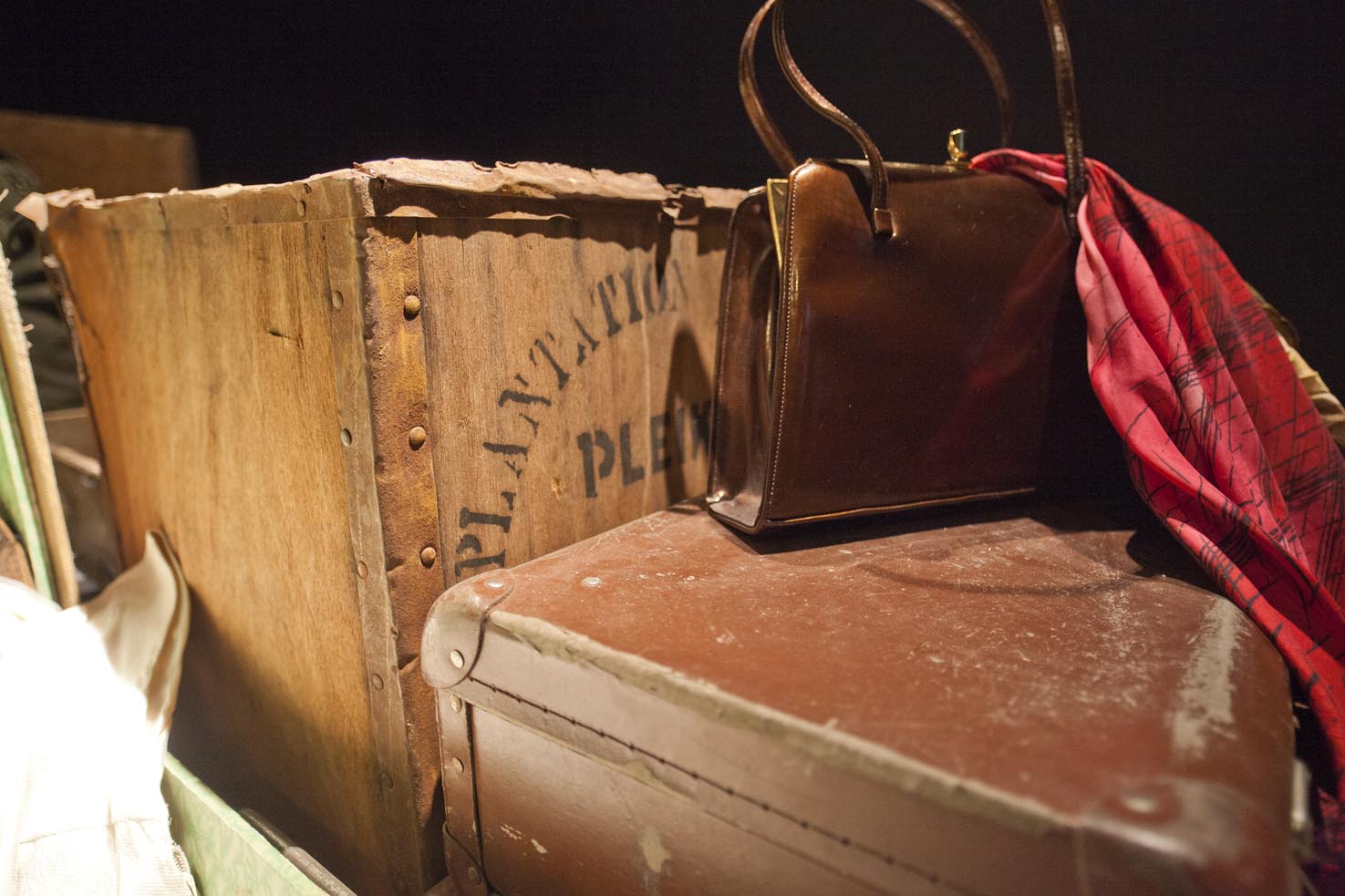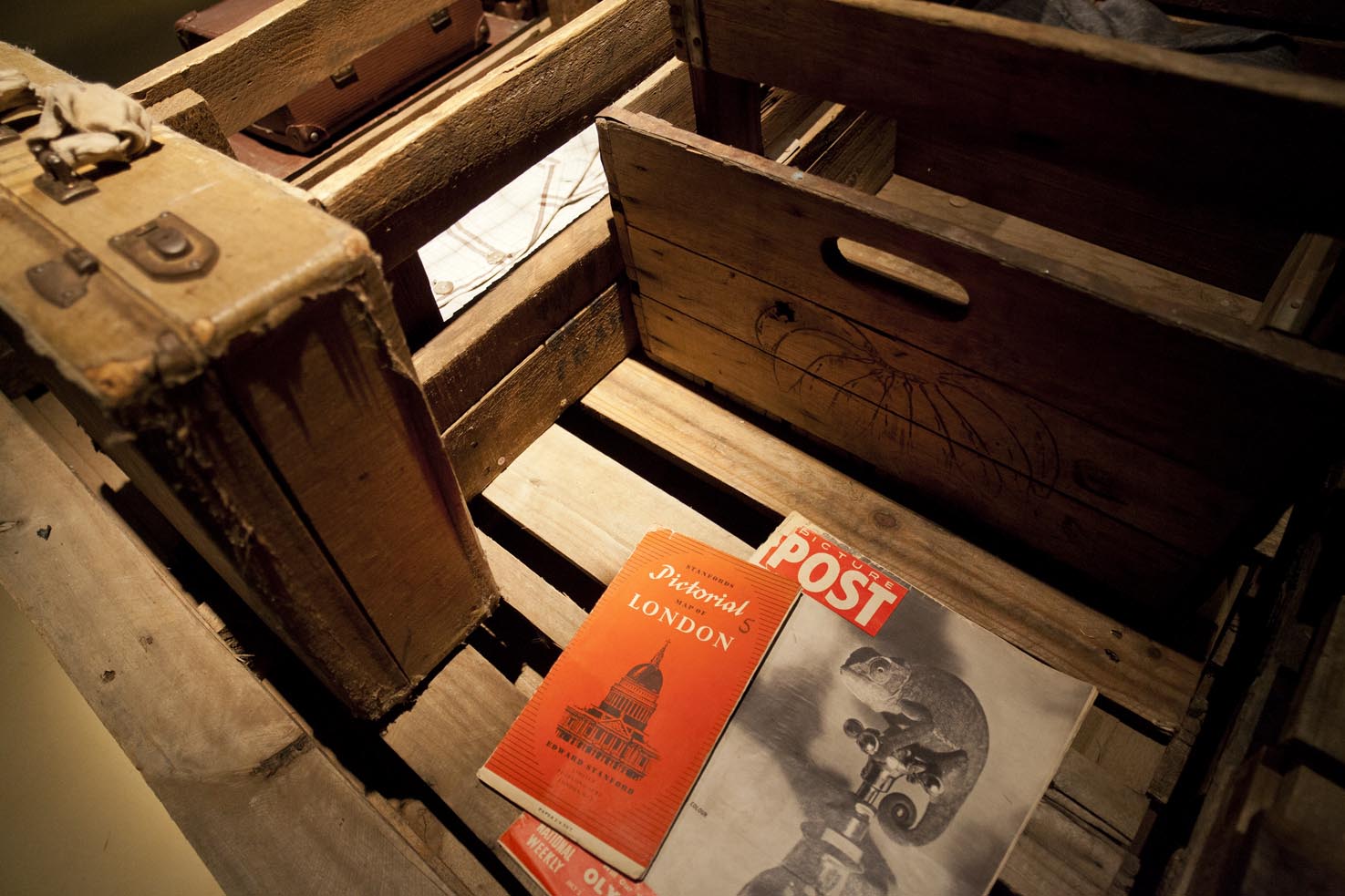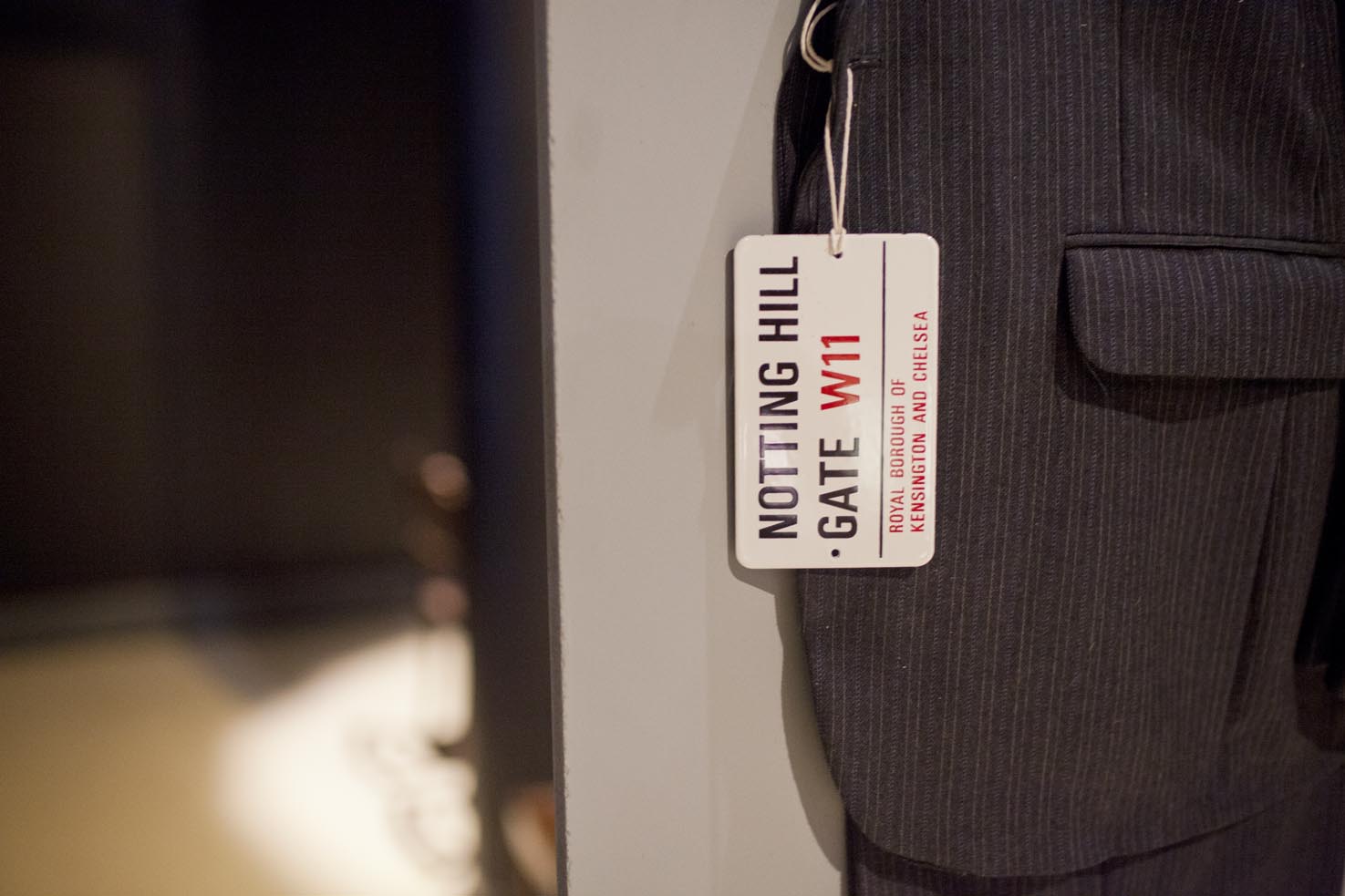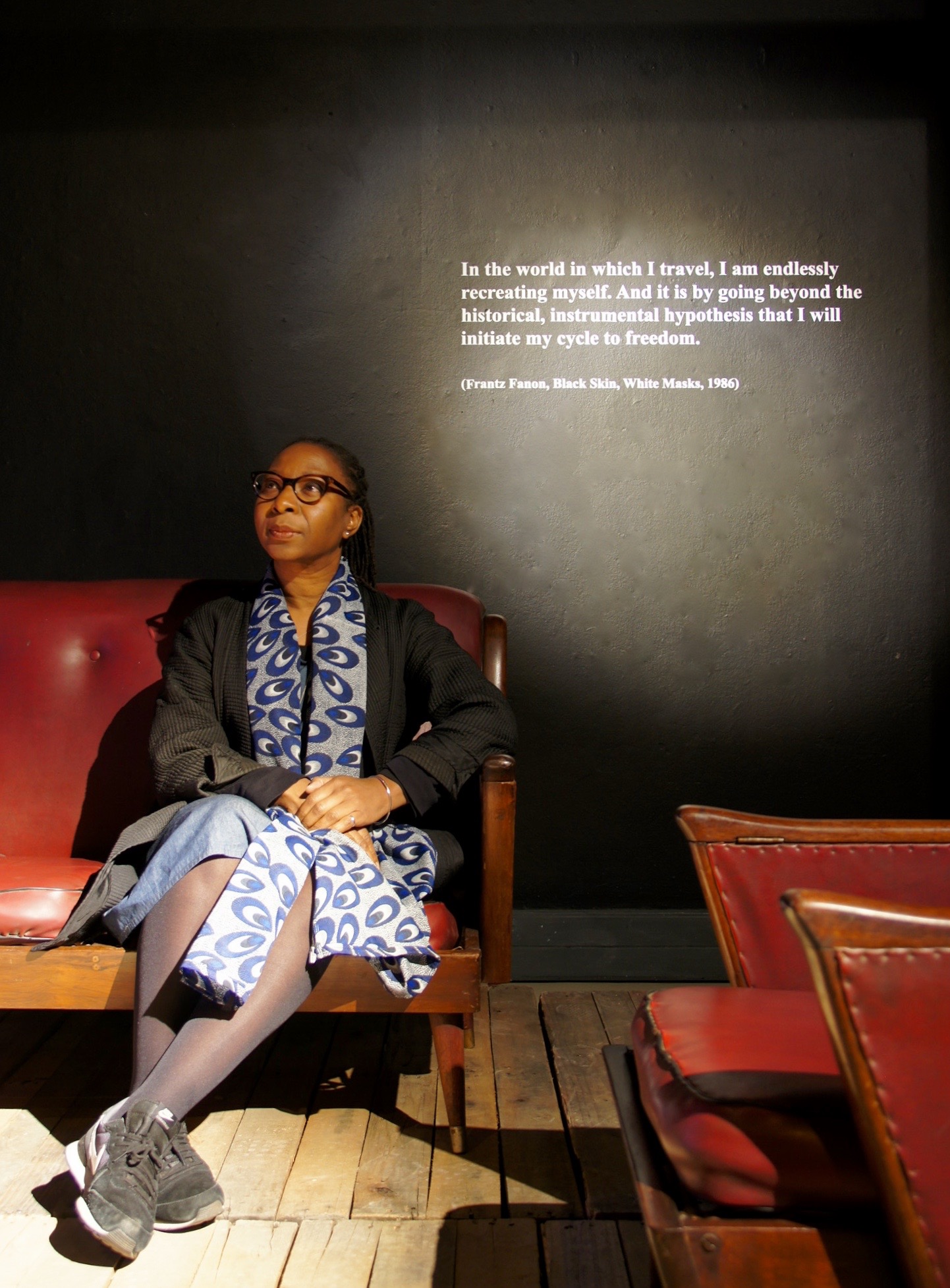THE ARRIVANTS
CHRISTINE CHECINSKA IN COLLABORATION WITH VIAD
30 July - 26 August, 2016 | FADA Gallery, University of Johannesburg
THE ARRIVANTS
In The Arrivants exhibition, UK-based artist-designer-academic Christine Checinska investigates the relationship between culture, race and dress. The conceptual departure point for the work is the 1948 arrival of the Empire Windrush at London’s Tilbury Docks carrying some 500 Jamaican migrants – colonial subjects invited by the government to assist in rebuilding post-war Britain – hoping to make a better life in the ‘Mother Country’. The Empire Windrush’s arrival marked the first time that African-Caribbeans had travelled to England in great numbers, thereafter establishing themselves as communities in major cities such as London, Birmingham, Bristol and Manchester. The decades that followed saw widespread change in the cultural landscape and racial complexion of England as they set up home alongside the English.
For Checinska, the inspiration of the ‘Windrush Generation’, provides a route into an immersive exploration of the role of dress in the negotiation of geographical, psychological and social borders and the refashioning of identities, or the recreation and presentation of self. Considering dress at the border crossing within the context of the then interdependent colonial relations between Britain and the Caribbean, the artist raises questions about power and resistance, migration and settlement, representation and self-representation, invisibility and visibility, hope and lament, aspiration and expectation, respect for the self and respect for others. These debates inform the exhibition’s three intersecting components, namely ‘the suits’, ‘the customs hall waiting area’, and the ‘stories’.
At the opening Checinska and McMillan presented a collaborative performance titled BACK A YARD, based on the stories, music, style, dress and objects that feature in their exhibitions.
About the BACK A YARD performance
Both Checinska and McMillan are British born of Caribbean migrant heritage and conceptually, their work converges around the aesthetics of the Post War migrant narratives through the material culture of the public and private domains: the dressed body and the adorned domestic interior. In their collaborative performance, the artists unpack themes of resistance through style, fashion and dress; and explore how self-respect and respect for others was expressed through aspirations in consumer culture.
About Christine Checinska
As an academic-designer-artist, Dr Checinska’s practice-led, inter-disciplinary work is situated at the meeting point between material culture and contemporary art. Checinska’s practice interrogates the place of textiles within the global flow of objects, ideas and identities characteristic of globalisations cross-cultural entanglements. The cultural exchanges that occur as a result of movement and migration, creating creolised cultural forms, are recurring themes, as is the correlation between personal history and received history. She is the instigator and convenor of the Clothes, Cloth & Culture Group, at Iniva, London and was on the curatorial team for the Iniva touring show Social Fabric (2012, Iniva, London).
Dr Checinska is a Research Associate in the Visual Identities in Art and Design Research Centre, University of Johannesburg and an Associate Lecturer in Fashion at Goldsmiths College, London.




















